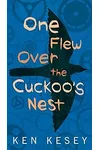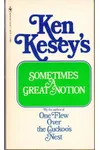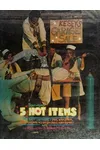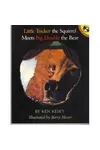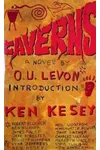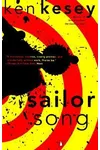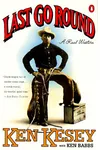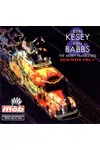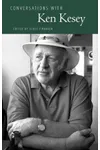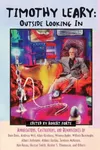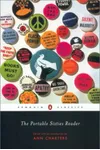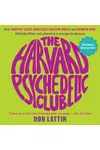Picture a rugged American storyteller who spun tales of rebellion and the human spirit—meet Ken Kesey! Born in 1935, this literary titan penned the iconic One Flew Over the Cuckoo’s Nest, a novel that shook the 1960s counterculture and cemented his place as a bridge between the Beat Generation and the hippie movement. With a larger-than-life personality and a knack for challenging societal norms, Kesey’s work continues to inspire dreamers and rebels alike.
From his psychedelic adventures with the Merry Pranksters to his unflinching exploration of freedom and control, Kesey wasn’t just a writer—he was a cultural force. Let’s dive into the life, works, and legacy of this literary legend!
The Making of Ken Kesey
Kenneth Elton Kesey was born on September 17, 1935, in La Junta, Colorado, but grew up in the lush landscapes of Oregon. A natural storyteller, he was shaped by his rural roots and a love for wrestling, which later influenced the physicality of his prose. Kesey studied at the University of Oregon, where his writing talents blossomed, and later enrolled in Stanford’s creative writing program. There, he rubbed shoulders with literary giants like Wallace Stegner and fell in with the Beat crowd, sparking his rebellious streak.
While working as a night aide in a psychiatric ward, Kesey found inspiration for his masterpiece. His experiences with patients and exposure to experimental drugs like LSD fueled his fascination with the mind and society’s constraints, setting the stage for his literary breakthrough.
Kesey’s Unforgettable Stories
Kesey’s debut novel, One Flew Over the Cuckoo’s Nest (1962), is a cultural juggernaut. Set in a mental institution, it follows Randle McMurphy, a charismatic rebel who challenges the oppressive Nurse Ratched. The novel’s vivid characters and sharp critique of institutional power struck a chord, becoming a bestseller and later an Oscar-winning film. Its themes of individuality versus conformity still resonate today.
In 1964, Kesey published Sometimes a Great Notion, a sprawling tale of a logging family in Oregon. Known for its complex narrative and rich symbolism, it showcases Kesey’s love for the Pacific Northwest and his knack for weaving family dynamics with larger societal tensions. Though less celebrated, it’s a testament to his versatility.
Kesey’s style blends raw energy, psychological depth, and a touch of mysticism. His prose crackles with humor and defiance, reflecting his counterculture ethos. Later works like Kesey’s Garage Sale (1973) and Demon Box (1986) leaned into experimental forms, capturing his psychedelic adventures and eclectic life.
Why Ken Kesey Matters
Kesey’s impact stretches far beyond the page. As a leader of the Merry Pranksters, he spearheaded the 1960s counterculture, throwing “Acid Tests” and spreading psychedelic ideals. His infamous bus, Further, became a symbol of freedom and exploration. Kesey’s work inspired generations of writers, from Tom Wolfe to Hunter S. Thompson, and his themes of resistance and authenticity remain timeless.
Today, Kesey’s novels are studied for their literary craft and cultural significance. His ability to capture the human struggle against oppressive systems speaks to readers navigating modern challenges. Kesey didn’t just write stories—he sparked a movement.
About Ken Kesey
- Born: September 17, 1935, in La Junta, Colorado
- Key Works: One Flew Over the Cuckoo’s Nest, Sometimes a Great Notion
- Notable: Leader of the Merry Pranksters and counterculture icon
- Died: November 10, 2001, in Eugene, Oregon
Ready to join the rebellion? Snag One Flew Over the Cuckoo’s Nest and dive into Ken Kesey’s electrifying world!
